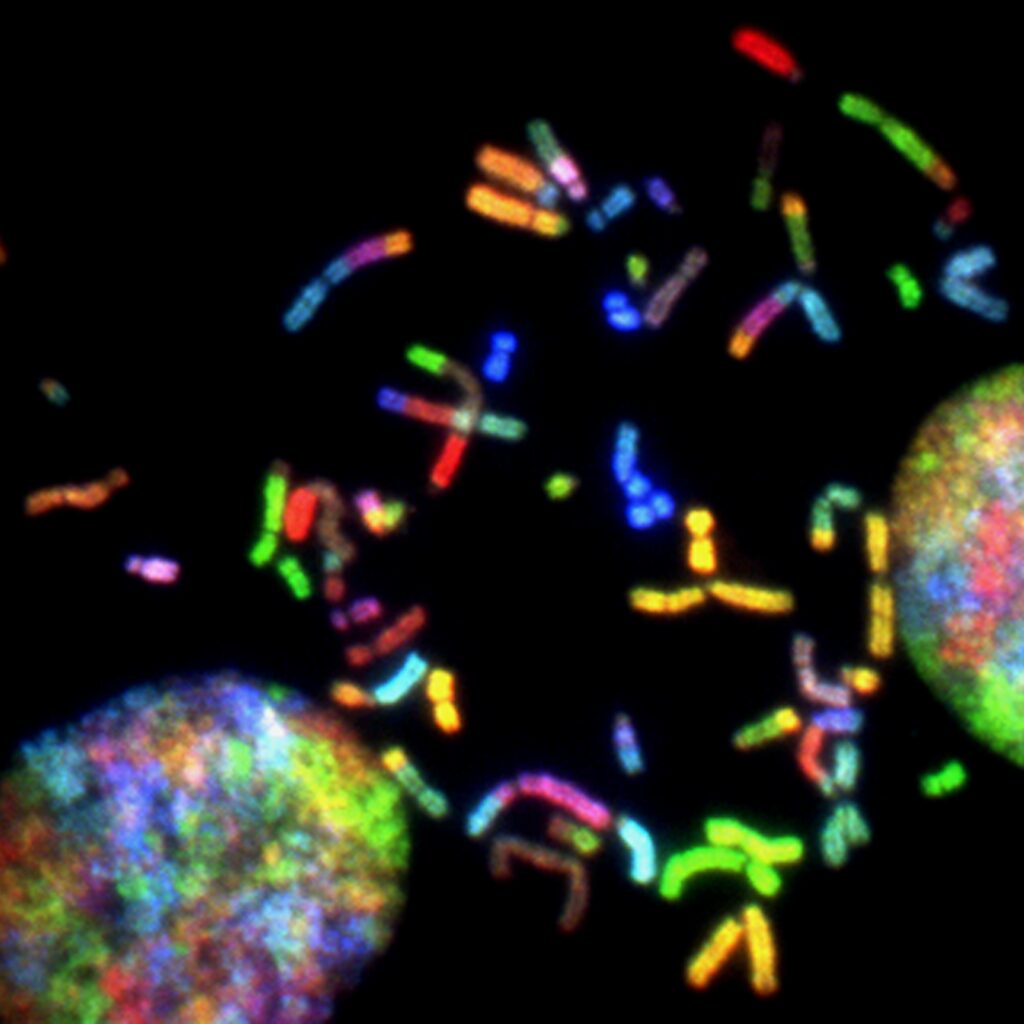
A free guide through how your ADHD brain works.
Table of Contents
It’s still uncertain, the complete cause of ADHD and research is still being conducted to further explore how the ADHD brain works. Current research has found there appears to be a defect with the DRD2 gene which impairs the brain’s ability to respond to dopamine. There are several articles out there that will tell you that screen time at a young age causes ADHD or the mother drinking caffeine while pregnant causes ADHD, but those articles do not have substantial evidence to prove this.
As of right now, current research shows four main areas of the brain that are impacted and lead to common ADHD behavioral problems: the frontal cortex, limbic system, basal ganglia, and the reticular activating system. Research has found these parts of the brain, especially the frontal cortex, are slower to develop when ADHD is present. The neurons in these four parts of the brain also have more difficulty responding to dopamine.
How the ADHD brain works: The Frontal Cortex

The frontal cortex is responsible for attention, executive functioning, organization, and memory. The frontal lobe develops at a slower rate with ADHD. Current research has found that the frontal lobe is not fully developed until age 35 in people with ADHD. Slower functioning in the frontal lobe can lead to memory problems, information, recall, problems, difficulty staying organized, and trouble with linear thinking.
By slower functioning, I mean the frontal lobe struggles to receive enough dopamine. This alone explains why the normal school system does not work for children with ADHD. The ADHD brain works in a non-linear matter. It can be difficult to see the order of A leads to B which leads to C. The ADHD brain works by seeing A and knowing it wants to get to C, but it can’t see the process of B and recognize it as a vital step to achieve C. This research study goes into extensive detail about the prefrontal cortex.
How the ADHD brain works: The Limbic System
The limbic system is also impacted by ADHD. The limbic system regulates emotions and attention. It is also responsible for the fight or flight response. The underdevelopment of this part of the ADHD brain and trouble responding to dopamine neurons can lead to behavioral outbursts, meltdowns, aggression, hyperactivity, and difficulty expressing what you are feeling. Problems in the limbic system are mainly why people with ADHD also struggle with anxiety and depression.
The underdevelopment of the limbic system leads to a smaller threshold when dealing with emotions. People with ADHD become flooded and overwhelmed by emotions faster and respond more abruptly. The physical feeling of emotions is also 10 times stronger with ADHD. Making them even more unbearable and more difficult to regulate.
How the ADHD brain works: The Basal Ganglia

The third part of the brain impacted by ADHD is the basal ganglia. The basal ganglia is responsible for motor learning and control, executive functioning, and emotions. Poor brain functioning in the basal ganglia can lead to difficulty in attention and impulsive behavior. The basal ganglia is like traffic control for motor movements. It filters through external stimuli to determine which is the best motor function and then selects that function. If you were doing some sort of motor function, and then your brain determines that is not the best course of action, it will help that function and switch to another one.
The ADHD brain works a little differently, because sometimes traffic control cannot keep everything in order and becomes overwhelmed. So, you may stay stuck in one motor function when that is not the best course of action and have difficulty sustaining attention because of the overwhelm. For example, you tell your child with ADHD to stop throwing the ball in the house and he does it 3 more times before stopping. That is an impulse control behavioral problem.
How the ADHD brain works: The Reticular Activating System
The fourth part of the brain impacted by ADHD is the reticular activating system. This system is the main relay for information coming in and leaving the brain. Problems with the reticular activating system can create sleep disturbances, hyperactivity, inattention, and impulsive behaviors.
I explain this in the sense of having a gatekeeper that determines what information is received and relayed and what is not important and can be ignored. A neurotypical brain has a gatekeeper. The ADHD brain has no gatekeeper. So, every piece of information from your environment comes rushing in every second. It can be hard to pay attention to the most important pieces as you become distracted by all the other incoming information. It also has trouble deciphering what information needs to be related to other parts of the body, resulting in missed or incorrect signals.
There are several challenges that come with ADHD, but there are also so many positives that often get overlooked. I talked about those here. The ADHD brain works differently, but that doesn’t mean it is wrong. It is important to understand the underlying causes of ADHD to develop more appropriate tools for managing ADHD.
